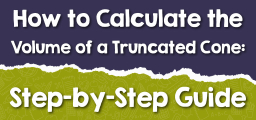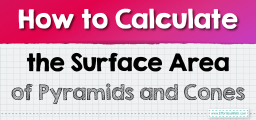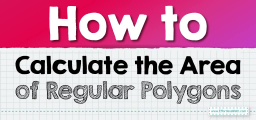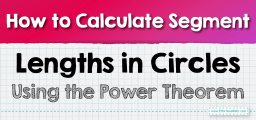The Wonderful World of the Triangle Inequality Theorem
Triangles are some of the most basic yet fascinating geometric figures. While they appear simple, they abide by certain rules and theorems that ensure their integrity. One such rule is the Triangle Inequality Theorem. Imagine you're building a triangular fence for your garden. You have three wooden sticks of different lengths, but are they going to form a triangle? Well, the Triangle Inequality Theorem provides the answer! This theorem states the relationship between the lengths of the sides of a triangle and ensures that the sum of the lengths of any two sides of a triangle is always greater than the length of the third side.

Step-by-step Guide: The Triangle Inequality Theorem
- The Theorem Stated: For any triangle, the sum of the lengths of any two sides must be greater than the length of the third side. If we have a triangle with sides \(a\), \(b\), and \(c\), then the following must be true:
\( a + b > c \\
b + c > a \\
a + c > b \) - How to Use the Theorem: To determine if three lengths can form a triangle, simply check if they satisfy the above inequalities.
Examples
Example 1:
Can sides of lengths \(5 \text{ cm}\), \(7 \text{ cm}\), and \(10 \text{ cm}\) form a triangle?
Solution:
Using the theorem, let’s check:
For sides \(5 \text{ cm}\) and \(7 \text{ cm}\):
\( 5 \text{ cm} + 7 \text{ cm} = 12 \text{ cm} \)
Since \(12 \text{ cm} > 10 \text{ cm}\), the first condition is met.
For sides \(5 \text{ cm}\) and \(10 \text{ cm}\):
\( 5 \text{ cm} + 10 \text{ cm} = 15 \text{ cm} \)
Since \(15 \text{ cm} > 7 \text{ cm}\), the second condition is met.
For sides \(7 \text{ cm}\) and \(10 \text{ cm}\):
\( 7 \text{ cm} + 10 \text{ cm} = 17 \text{ cm} \)
Since \(17 \text{ cm} > 5 \text{ cm}\), the third condition is met.
All conditions are met, so yes, these sides can form a triangle!
Example 2:
Can sides of lengths \(4 \text{ cm}\), \(8 \text{ cm}\), and \(12 \text{ cm}\) form a triangle?
Solution:
Using the theorem:
For sides \(4 \text{ cm}\) and \(8 \text{ cm}\):
\( 4 \text{ cm} + 8 \text{ cm} = 12 \text{ cm} \)
Since \(12 \text{ cm} = 12 \text{ cm}\), this does not meet the “greater than” condition.
Thus, the sides cannot form a triangle!
Practice Questions:
- Can sides of lengths \(4 \text{ cm}\), \(7 \text{ cm}\), and \(13 \text{ cm}\) form a triangle?
- Can sides of lengths \(9 \text{ cm}\), \(11 \text{ cm}\), and \(20 \text{ cm}\) form a triangle?
- Can sides of lengths \(15 \text{ cm}\), \(17 \text{ cm}\), and \(31 \text{ cm}\) form a triangle?

Answers:
- No
- No
- Yes
Related to This Article
More math articles
- How to Master Polar Coordinates: A Comprehensive Guide to Calculating Rate of Change in Polar Functions
- How to Solve a Quadratic Equation by Factoring?
- SSAT Middle Level Math Formulas
- How to Graph Solutions to Linear Inequalities?
- How to Solve Word Problems of Volume of Cubes and Rectangular Prisms
- 7th Grade ILEARN Math Worksheets: FREE & Printable
- How to Do Ratio, Proportion, and Percentages Puzzle -Critical Thinking 8
- Best Ergonomic Chairs for Online Teachers in 2024
- Full-Length TASC Math Practice Test-Answers and Explanations
- 7th Grade MEAP Math Practice Test Questions












What people say about "The Wonderful World of the Triangle Inequality Theorem - Effortless Math: We Help Students Learn to LOVE Mathematics"?
No one replied yet.